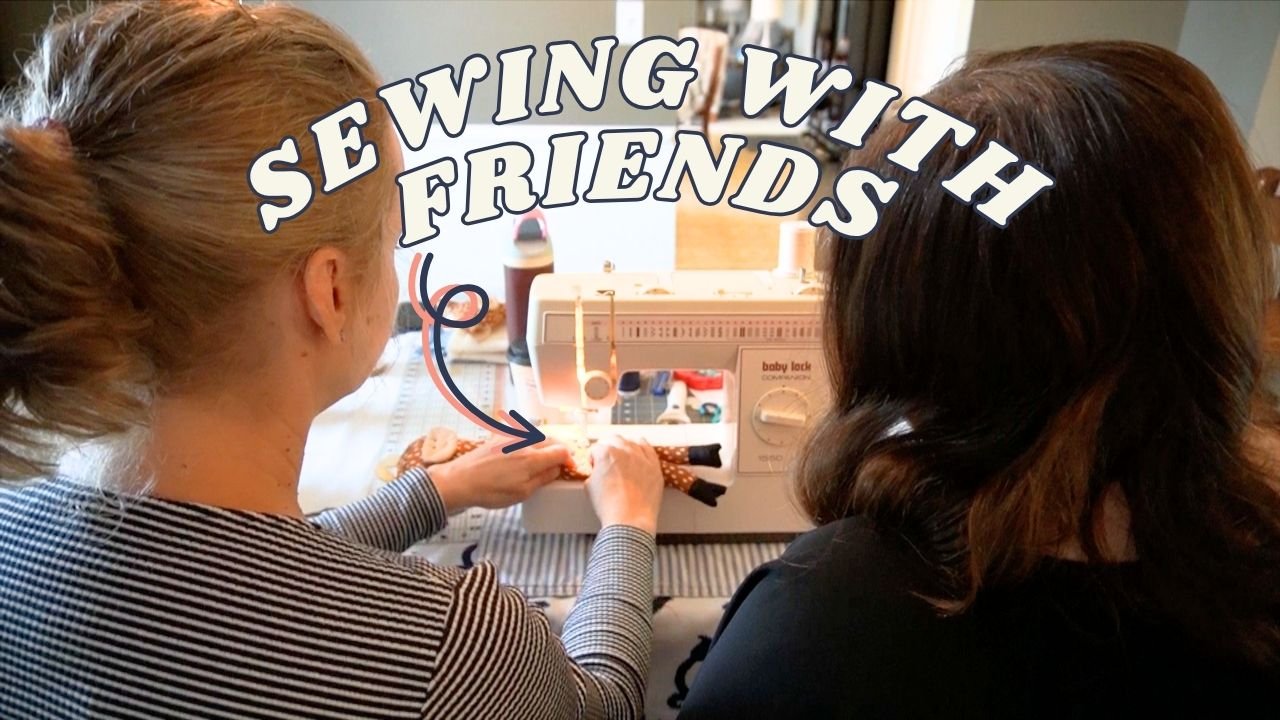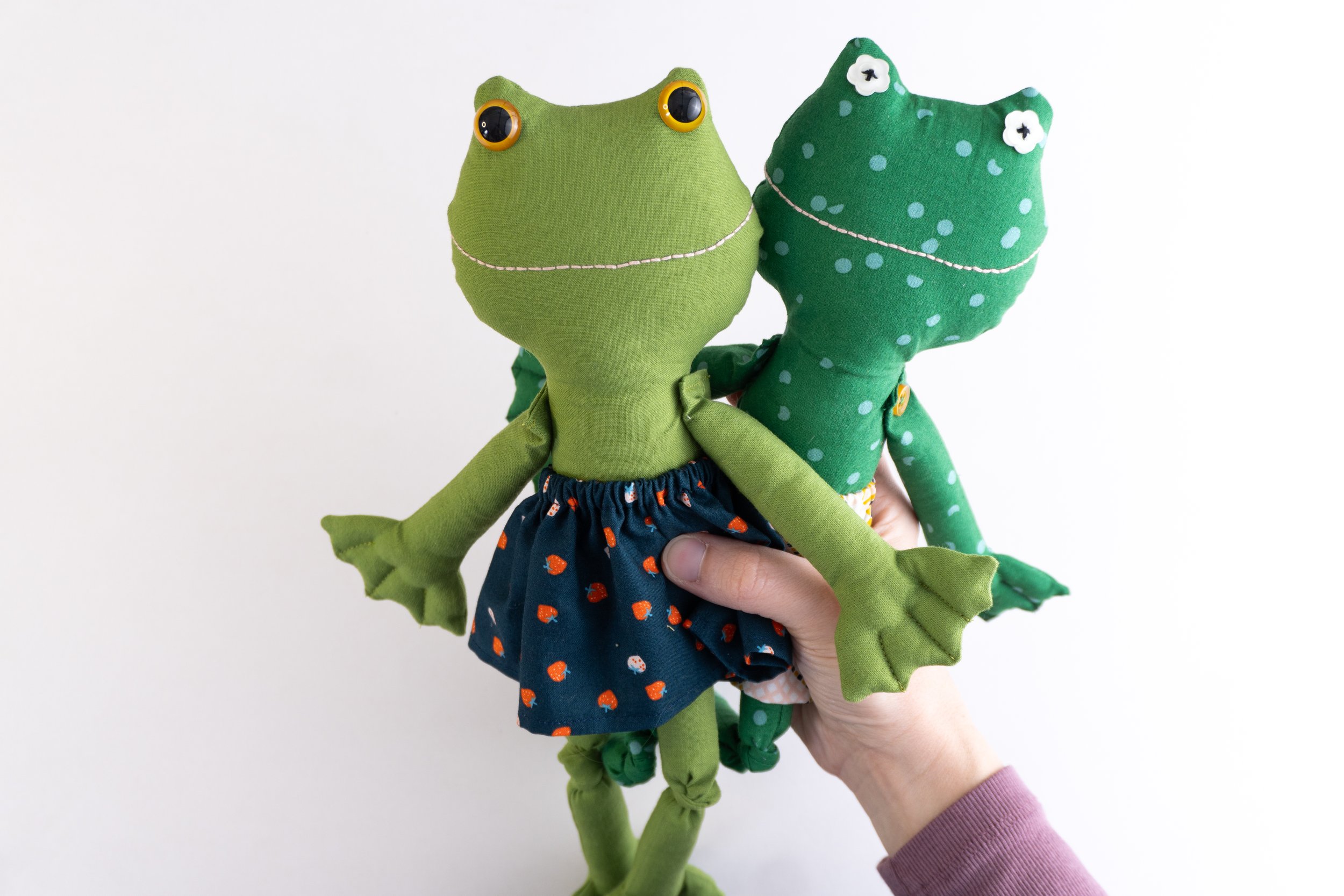Tips for Sewing Fabrics with Nap
Fabrics with nap seem to be very in right now! Corduroys and velvets are popping up all over the place in fashion and thus, in sewing. You can tell when a fabric has a nap because when you run your hand down in one direction (parallel to the selvedge) it feels very soft and smooth, but running it along in the opposite direction, your hand goes against direction of the raised fibers and it feels more rough.
While making a couple of projects with these kinds of fabrics recently, I was reminded of some tips and tricks that I want to share with you today. Sewing fabrics with nap isn’t hard, but there are a few things to know before you ever start cutting so you can avoid some big mistakes that will land your garment in the scrap bin!
This post may contain affiliate links, which means that while I am not paid to promote certain items, I will earn a small commission should you purchase items through these links. For more info, see my disclosure policy.
When cutting …
The first big mistake many make with these fabric is not paying attention to the nap before they cut out their garment. Which direction will you place your pattern pieces so that the nap runs the same way on all of them? Growing up, I remember learning that the nap should go down your body, but then I noticed in later years that store bought garments have the nap running up the body. My mom and I talked about this last week and she read recently that it doesn’t matter — you should decide which you like best by the color of the fabric when the nap runs in either direction. Yes, the tone of your fabric changes slightly when the nap is reversed! This is why it is SO important that no matter which way your nap is running, it’s going the same direction on all your pieces! Keep this in mind when purchasing your fabric because you can’t turn pieces upside down to make them fit in the case of fabrics with nap.
When sewing …
The nap comes into play when you sew your pieces together and can be a little frustrating if you don’t expect it beforehand. The raised fibers on the fabric tend to act like little Velcro tabs and want to slide around in the direction of the nap, especially if sewing two pieces together and their naps are going against each other. Therefore, I use more pins than I normally would, and sew slowly, manipulating the fabric with my fingers as I sew. If things are sliding too much, I take it out and sew in the other direction, so top to hem, rather than hem to top, and sometimes that solves it.
When pressing …
This is another important thing to remember to avoid a fatal mistake! Fabrics with nap can be easily crushed, so your hot iron might very well leave an iron shaped mark on your garment. To avoid this, use a lower heat setting and a press cloth, and always iron from the back of the fabric. Avoid bearing down or steaming your seams unless you’re sure your fabric can take it. A seam roller like the Clover Roll & Press can really help you get flat seams without the pressing too.
I hope these tips help inspire you to try sewing some velvets, corduroys and velours! So many great fabrics are out there right now and I am not mad about it!












8 great sewing ideas for baby gifts, with video tutorials and pdf patterns for every one!